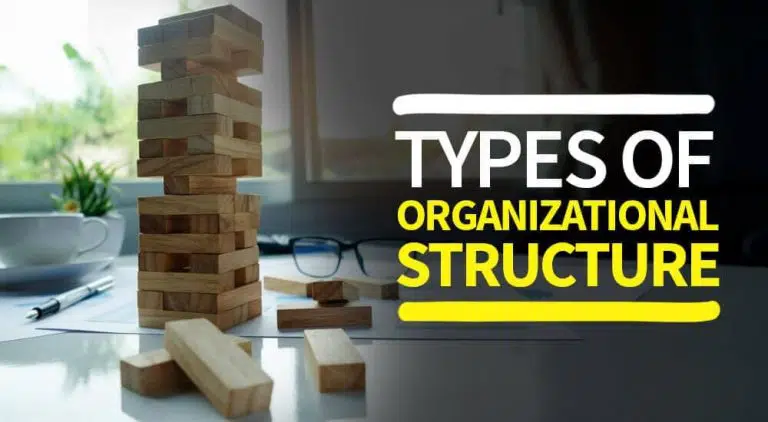Scope creep in project management is undesirable, as it negatively impacts the project objectives. Although it is common, as a project manager, you must do everything possible to avoid it.
Scope creep results in resource wastage, decreased efficiency, low-quality products, or even project failure.
According to The Standish Group’s CHAOS Summary 2009, only one-third of projects have been completed within budget and on time. Scope creep was one key reason for the deviations from the baselines.
In today’s post, I will explain scope creep, its causes, how to manage scope creep, and provide an example.
What is Scope Creep in Project Management?
Scope creep means extending a project’s requirements beyond its set boundaries, leading to unauthorized changes in the project scope. It is the addition of unauthorized features to the product beyond its agreed scope.
Scope creep is often known as “requirement creep” or “feature creep.”
You may think that scope also changes in change management, so how is it different from scope creep?
In scope creep, changes are unauthorized, while in change management, authorized changes go through a formal request-and-review process before they are implemented. The baselines are then updated to accommodate the changes.
In scope creep, scope changes occur without the knowledge of project managers and other stakeholders, and their impacts are not evaluated.
The project management environment is dynamic, and controlling scope creep is difficult. Therefore, project managers must understand and manage scope creep proactively.
What Causes Scope Creep?
Scope creep in projects can occur due to several reasons:
- Unclear Scope Requirements: Unclear scope requirements are the main cause of scope creep. They confuse team members, who believe their actions are part of the scope. This leads to incorrect project decisions. To combat this, you must have a well-defined scope of work.
- Poor Communication: This is another key reason for scope creep. Ineffective communication lowers the quality of project deliverables because team members do not receive clarification on their conflicting project ideas.
- Unrealistic Deadlines: Unrealistic schedule deadlines often force the project team to hasten the work. The team may cross boundaries and compromise the scope to achieve their goal. Unrealistic deadlines can demotivate team members and lead to scope creep.
- Underestimated Changes: Project stakeholders are not always fully involved in every minor project decision. This may allow team members to make certain decisions that bypass formal change requests, thus causing scope creep.
Example of Scope Creep
Now, we will discuss a real-world example of scope creep.
The 9-Years-Late New Berlin Brandenburg Airport
The airport in New Berlin opened in 2020, nine years after it had originally been scheduled to do so, with few travelers and a small ceremony.
After 15 years of planning, the project commenced in 2006 with an expected completion date of October 2011. However, many technical and planning concerns caused the launch to be postponed six times, which was disastrous.
It is believed that the problems were caused by many stakeholders with conflicting project ideas, which slowed the project’s progress and made its status a national joke.
The project cost increased to three times its original budget, a whopping 6 billion Euros.
How to Control Project Scope Creep
The following points can help reduce scope creep in a project:
- Control Impulsive Ideas: Without formal communication, scope creep can result from any idea that emerges during the project lifecycle. To prevent scope creep, you must review every change and control communication. Watch out for frequent use of “yes/and” among team members and stakeholders (e.g., “Yes, we can do this, and it won’t affect anything.”)
- Maintain Project Documents: Proper project documentation is the key to preventing scope creep. This will encourage team members to refer to project requirements, processes, and procedures as needed and to monitor their progress.
- Keep Communication Lines Open: Project management is dependent on communication. Therefore, you must establish appropriate communication channels among team members, managers, and project stakeholders. This will make it easier to notice small changes sooner and act promptly.
- Encourage a Flexible Change Control Process: The change-control process should accommodate change requests with minimal effort. If these changes affect the project baselines (e.g., scope, schedule, and cost), then you must update the project baselines and any other affected project documents and then inform project stakeholders of these changes. Manage these change requests through corrective or preventive measures via an integrated change-management system.
- Use Project Management Software: Project management tools can help reduce project scope creep. These tools effectively monitor and measure project performance and scope baselines throughout the project lifecycle. These tools aid in tracking project progress by comparing it to project progress. They include a change-request mechanism that simplifies the process of updating, documenting, and informing stakeholders of changes.
Conclusion
Scope creep in project management is a sneaky problem. It happens when new tasks are added to a project without planning. This can lead to schedule delays and budget problems. To fight scope creep, set clear goals and stick to them. Regular communication with the team and stakeholders helps everyone stay on track. You can keep the project within budget and schedule by closely monitoring the scope.
This topic is important from a PMP exam point of view.

I am Mohammad Fahad Usmani, B.E. PMP, PMI-RMP. I have been blogging on project management topics since 2011. To date, thousands of professionals have passed the PMP exam using my resources.






